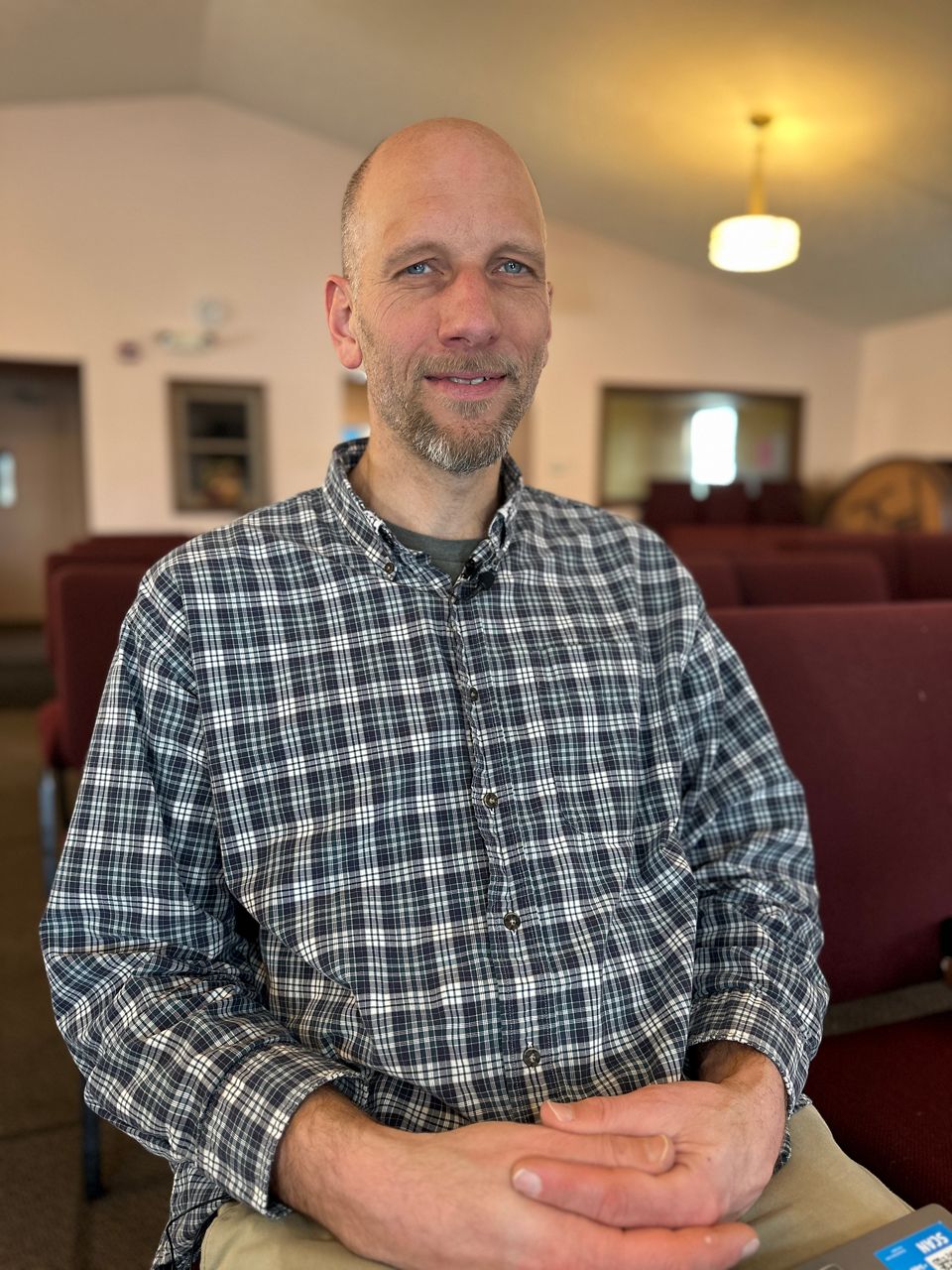CLEVELAND — About 10 years ago, an atrium connecting buildings at Franciscan Village, a low-income senior housing complex in Cleveland, used to be a courtyard.
What You Need To Know
- The EPA has been seeking public input on its proposed updated methane standards for oil and gas operations
- The proposal would update, strengthen and expand the EPA's proposal from Nov. 2021
- Methane is a colourless, odorless gas that occurs in nature
- Experts say oil and gas development is responsible for most of the methane emissions in the U.S.
- The EPA says methane contributes heavily to climate change because it traps heat in the atmosphere
“This building here was built in 1906,” said Brian Rockas, property manager for Franciscan Village. “It's a former monastery for the Franciscan monks.”
He said residents in this low-income senior housing complex complained of a smell that kept them from enjoying the outdoors.
“It got stronger and more pronounced and people stopped going out there,” Rockas said.
When they began digging the foundation for the building, they found a natural gas well. Because of rotten pipes and shifts in the earth, the well was leaking methane and Rockas said residents were likely breathing in the gas for years before it was noticed and re-plugged.
“The well that was on the property was labeled as inactive in ODNR’s records,” Rockas said. “We found that it was registered as in use up until the late 50s.”
An oil well is a hole dug into the Earth, often thousands of feet down. It brings natural gas to the surface. Natural gas contains many compounds, the largest being methane. In its original form, methane is colorless and odorless, but Natural gas companies add a harmless chemical called mercaptan to give the gas a distinct and unpleasant smell.
In Ohio, there are more than 100,000 oil and gas wells like the one at Franciscan Village. In urban areas, they’re pretty much invisible. Many are listed as dormant or inactive, but according to the Natural Resources Defense Council, may be leaking gas as we speak. They’re in people’s backyards, near schools, daycare centers, apartment buildings, out in the country, they’re everywhere.
“I would hazard a guess that there's that many times two of ones we just don't even know about yet,” Rockas said.
The lack of regulation for these wells has pushed environmental advocates around the state to speak up. Dean Van Farowe is a pastor at Calvary Reformed Church in Cleveland. In early January, he testified in front of the EPA in support of a supplemental proposal for stricter rules for regulating these wells.
Part of the proposal would ensure that all well sites, new and existing, are routinely monitored for methane leaks, and until they are closed properly.
This would include routine monitoring at low-producing well sites, which a new study finds are responsible for about half of the methane emitted from all well sites in the U.S., while accounting for only 6% of the nation’s oil and gas production.
“This issue of methane, it affects the air quality in Cleveland. We are the country's number two asthma capital. It's a huge issue in Cleveland, it's an issue in our congregation, as well,” said Van Farowe. “My wife has asthma, my son has asthma. And any way that we can reduce air pollution helps the air quality, which God made, but also the people who are breathing it. And so it's a way to both protect this beautiful creation, but also protect the people who live in this ecosystem.”

The Environmental Defense Fund shows methane pollution has 80 times the warming power as carbon dioxide when it comes to contributing to climate change, making cutting methane emissions the fastest opportunity we have to immediately slow it down, even as we decarbonize our energy systems.
Tracy Sabetta, an environmental advocate with Mom’s Clean Air Force, who also testified in front of the EPA, said reducing the amount of methane emitted from these natural-gas wells goes beyond protecting our climate, it’s protecting kids' health.
“I am definitely trying to make sure that I leave behind a world where my daughter's health is protected, my potential grandchildren's health is protected,” said Tracy Sabetta, the state coordinator for the Ohio chapter of Mom’s Clean Air Force. “There are solutions right in front of us, we have, probably have some of the best opportunities to make a difference right now than we have in a very long time. But we cannot wait until it's too late.”
The EPA predicts that in 2030, the proposal would reduce methane from covered sources by 87% below 2005 levels.
“The reason why a federal methane rule is so important to states like Ohio is that we have failed to enact a state law that offers protection from oil and gas methane pollution,” Sabetta said. “So having a level playing field is going to be particularly beneficial for Ohioans.”
These advocates call the proposed rules a win, win, win. The gas companies save gas, all while improving public health and protecting our environment.
“Do you love your state? You should care about environmental issues,” Van Farowe said. “Do you love your family? Do you love your people? I really think that creation, care, environmental justice is about love. It's about caring for others, caring for the Earth. For ourselves and for the next generation.”
The public comment period for this proposal ended on Feb. 13th. The EPA intends to issue a final rule sometime this year. For more information, click here.



